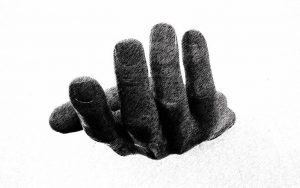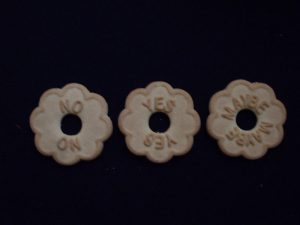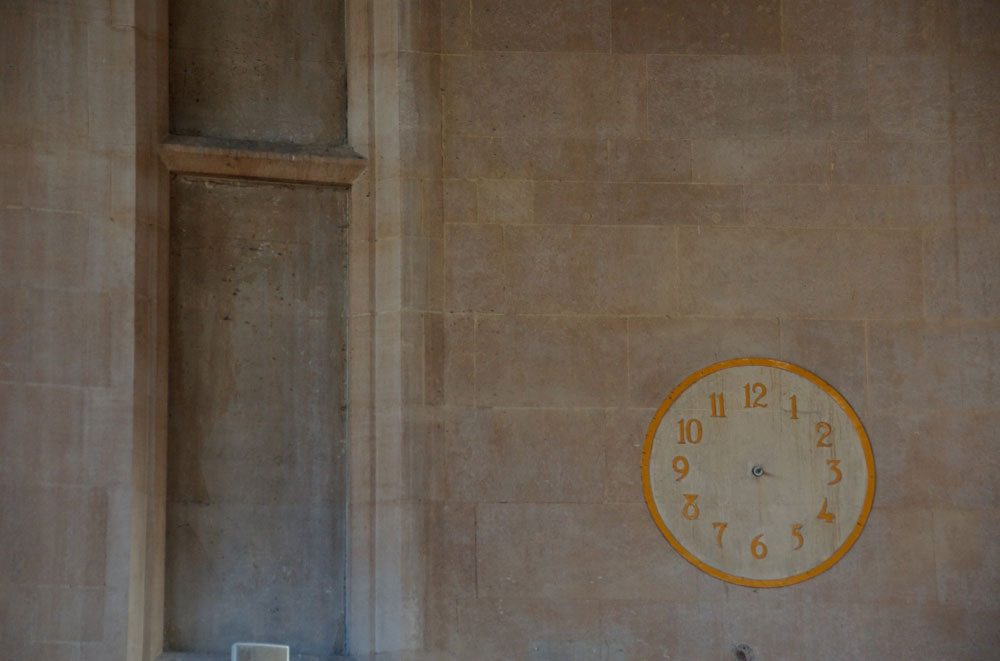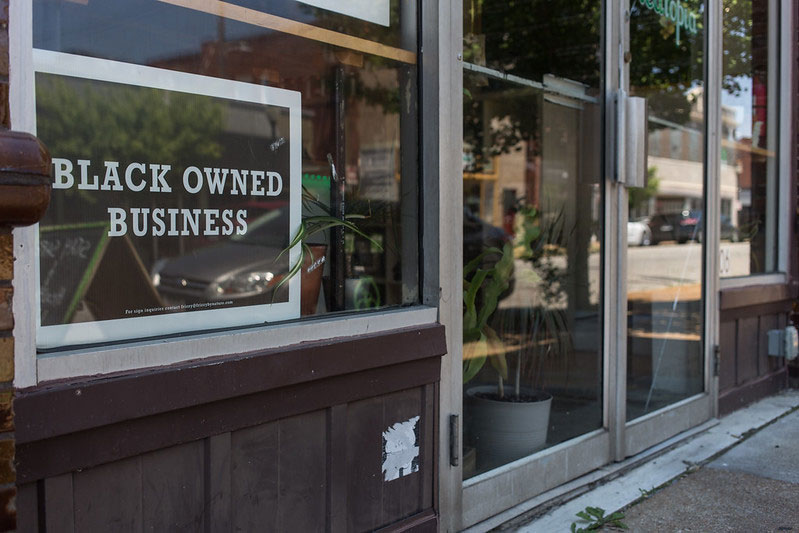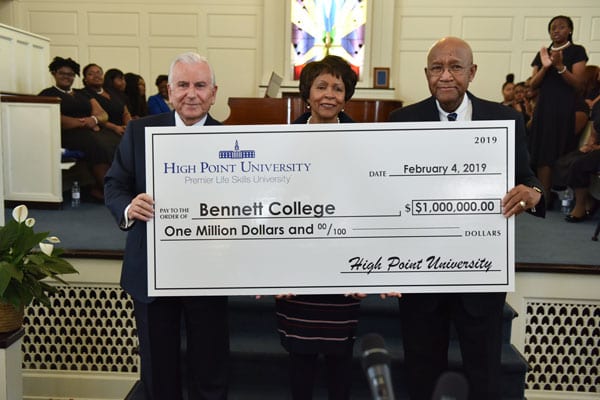
The news was not good. On December 11, 2018, an article in the Greensboro News & Record led, “Bennett College has been on probation for the past two years. It won’t get a third.” Bennett College, a small historically black college in Greensboro, North Carolina, was founded in 1873 and became a women-only school in 1926. A decade before, under the leadership of Johnnetta Cole, Bennett had come back from a similar close call. But could it do so again?
Walking into this situation was Bennett president Phyllis Worthy Dawkins. Dawkins had grown up in Asheville’s Lee Walker Heights, “the oldest public housing neighborhood in Western North Carolina,” according to the Asheville Citizen-Times. She had initially attended a Black high school called South French Broad, but integration began while she was in school and she was part of the first integrated class to graduate from Asheville High in 1970.
“I moved from a setting where I was around a lot of African American students to where I was often the only person of color in my track,” Dawkins explains. “Most of my [former South French Broad] classmates were relegated to a vocational track.”
Dawkins, after getting degrees from Johnson C. Smith, the University of Michigan, and Ohio State, had built a track record in program evaluation. Over the years, she served as a provost at a number of historically black colleges, including her alma mater, Johnson C. Smith in Charlotte, North Carolina; Dillard in New Orleans; and Cheney in Pennsylvania, the nation’s oldest historically black college, founded in 1837. Dawkins came to Bennett in 2015, initially as a provost. She became interim president in 2016, with the “interim” part of the title removed the following year.
Bennett entered probation in fall 2016, so much of Dawkins’ presidency has been focused on lifting Bennett out of probation. Between 2016 and 2018, Bennett made some gains. Enrollment climbed both years, with the 469 students enrolled in 2018 representing a 15-percent increase.
Financially, the school raised $4.2 million, exceeding its $4 million target. Its operating budget went from a $1.1 million deficit in 2016-2017 to a $461,000 surplus. An audit found the college’s books to be clean. But in December 2018, the Southern Association of Colleges and Schools Commission on Colleges (SACS), said, in effect, “not good enough.” Dawkins was told the school could appeal on February 18th and should be sure to have raised at least $5 million by February 4th (two weeks before that meeting) if it was to stand a chance of have its accreditation reinstatement appeal accepted.
The situation seemed grim. But Dawkins was undaunted. “The door’s not closed all the way yet,” Dawkins told John Newsom of the News & Record that day. Shortly afterward, Bennett launched a campaign to reach out to alumni networks and through social media. The hashtag #StandwithBennett was created. Two weeks after the SACS announcement, about 200 people had donated in amounts from “1 to $100,000.” There was still a long way to go.
It Takes A Village
“It started off this way,” notes Dawkins, referring to the collaboration with High Point University president Dr. Nido Qubein that began shortly after the SACS decision in December. “I heard that he had made some comment with the Triad Business Journal.”
In the article, Qubein is quoted as saying, “Universities don’t work together that closely…when universities come together, they can change the world.” The subtext, as Dawkins explains, was that, “People in Greensboro needed to help Bennett through these times.” So, she reached out and thanked Qubein for making those comments.
Qubein has been president of High Point University since 2005. Qubein—a business entrepreneur, speaker, writer, and longtime High Point resident—has helped lead High Point University through rapid growth both in numbers and prestige. Today, campus geography, employees, and student numbers are all more than triple what they were 15 years ago.
Dawkins adds, “I was waiting to see who in the Greensboro community was going to reach out to say how can we help Bennett. So that call helped me to reach out.” Shortly afterward, she notes, Jim Longwork wrote an article in Yes Weekly that called on “people in the Greensboro community need to support Bennett College.” Dawkins adds that she used “Nido’s name” to set up meetings on January 3rd and 9th with local leaders in business and philanthropy. She also called on Qubein and Dr. Harold Martin—president of North Carolina A&T, another historically black college in Greensboro—to co-convene a meeting with the college presidents.
Dawkins concedes that it “required a lot of bravery to share your dirty laundry with your colleagues [but] I thought it was best to be as transparent as possible without being too technical….We had literally 55 days to raise $5 million. I needed support, insight and thought.…Nido and Harold agreed to convene the meeting. They also agreed to give personally and that set the tone for the meeting.” Qubein notes, “We all sent checks. We sent a check for $25,000 and encouraged others to do the same.” That meeting was held on January 15th.
Dawkins notes that when Qubein left the meeting with the presidents, “I wasn’t sure he was totally on board. But he ended up sending me his personal donation.” Then, Qubein followed up with an email and text messages. “I think he just admired [our] leadership team’s willingness to fight this to the end.”
There were some common bonds that linked High Point and Bennett. “We are a United Methodist school,” notes Dawkins. “So, he and I are at many meetings together. And we are both independent and private.…So, from one Methodist school to another Methodist school, he helped out.”
“But I think it was more about, he just observed and tracked us and saw we weren’t giving up. And, by that time, we had a following of different groups of people. By that time, we had churches start giving, organizations and foundations. They didn’t give a lot, but the momentum was picking up.”
There also were some similarities between the two presidents. “Nido is an immigrant,” notes Dawkins and, like her, grew up poor, immigrating to the United States from the Middle East as a teenager “with limited knowledge of English and only $50 in his pocket,” as Qubein’s school’s website puts it. “When you’ve come from nothing, you understand how you have to continue to fight to get things.…You just can’t give up. And I think he saw that in our team.”
Meeting the Fundraising Goal
Still, as Qubein points out, as of January 31st, four days before the February 4th deadline, while Bennett had raised $3.6 million—an impressive haul for 51 days that came close to matching the $4.2 million raised the previous fiscal year—it was still $1.4 million short of the minimum $5 million level demanded by SACS. “I realized…this is really getting serious.…If they lost their accreditation, their students could not get federal funds” without which, “the school would die. There is no way. The revenues would dry up,” notes Qubein.
Qubein came up with an audacious idea. He would seek trustee and faculty support for High Point to make a $1 million donation to Bennett College. High Point had made large donations before, including, the previous year, a $20 million donation to the local community foundation for its twentieth anniversary. But the community foundation investment, although very large, fit a standard place-based anchor institution strategy of investing in the institution’s home city. This was different—both in that it involved a donation to a school 18 miles away and, also, that there was very little time to deliberate.
Sign up for our free newsletters
Subscribe to NPQ's newsletters to have our top stories delivered directly to your inbox.
By signing up, you agree to our privacy policy and terms of use, and to receive messages from NPQ and our partners.
For Qubein, though, the case for action was clear. “It was a United Methodist school, it is in our neighborhood. We have had respect for it historically. It was a school that was truly losing its accreditation within days. Someone had to step up. We could not let an institution that was 145 years old just disappear.”
“It all happened within 48 hours,” Qubein explains, “I called our own trustees. That happened over 24 hours. I informed the business office, we need a physical check. Then I called the faculty.” As Qubein explains, “I said to myself, I think it would be wonderful if I get the support of faculty. I didn’t need their approval, but it would be just a good thing if I could collaborate and involve the faculty.”
Still, taking a faculty vote did add an element of risk. Even though Qubein was confident the faculty would endorse the donation, “I couldn’t tell Phyllis [Dawkins] until I met with the faculty. I didn’t want to say ‘sorry.’”
The faculty met at noon on Friday the 1st. Qubein estimates that 95 percent of the faculty showed up to hastily called meeting. “We have 330 faculty. I said, ‘Here’s the deal. Here’s what we have. Here’s what is going on. I believe High Point can step up with $1 million.’ After a 45-minute presentation, they had some questions and made some wonderful comments. And 94 percent voted yes.” Bennett was informed that High Point would be donating $1 million shortly afterward.
At 5 pm, a press conference was held in a packed room. Qubein described the donation as a “challenge gift.” Qubein added that, “If we don’t step up between now and Monday, the school is going to lose its accreditation.” Qubein knew that with High Point’s donation, the fundraising effort was at $4.6 million, which meant that another $400,000 would have to be raised over the weekend. Moreover, as Qubein notes, “You don’t want ever want to do the minimum. If the minimum is $5 million, you should go for six.”
“Nido actually gave me a check of $1 million, first time in my life. I didn’t have my pocket book. I had to put the check in my jean pocket. Everybody wanted to touch that check,” Dawkins recalls.
Unbeknownst to Qubein at the time, High Point’s donation was one of two $1 million donations made to Bennett that day. As Dawkins explains, “The same night I get $1 million from Nido, at the end of the presentation I was told Kwanza Jones wired me $1 million, but I was not allowed to speak of it. I received another gift [still anonymous] for $500,000.” Jones learned of Bennett’s plight from her mother, a Bennett alum, who suggested her daughter donate $1,926 in honor of the year in which the school became all-female; but Dawkins notes, “She does her homework and discovers that we need more money,” leading to the $1 million donation. Dawkins notes that February 1st marked the 59th anniversary of when the lunch counter sit-ins began in Greensboro.
Social media had also played a significant role in fundraising. Dawkins estimates that through social media channels Bennett got $70,000 in donations on January 31st and $100,000 on February 1st. All told, she estimates that social media campaigns raised between $200,000 and $300,000, with more than 11,000 contributing through a cash app, online, or text.
The three large February 1st donations meant that Bennett was already at $6.1 million. Over the weekend, more than $2 million more came in. Qubein himself was able to raise over $357,000, primarily from the business community. All told, by February 4th, the total amount raised had climbed to $8.2 million.
Lessons Learned
The story is extraordinary. Not all colleges survive. The Atlanta Journal Constitution reports that five historically black colleges (HBCUs) “have completely closed since 1989.” Education Dive lists over 100 schools that have closed since 2016. In Massachusetts, the state board of higher education, in response to past shutdowns and financial fragility among private liberal arts colleges, is now requiring schools to submit annual reports proving financial viability.
The solidarity expressed by High Point—both the money donated and the moral support—was clearly one factor behind the successful outcome of Bennett’s campaign. “It never entered our mind that this is so unusual,” Qubein remarks. Some, Qubein concedes, might think, “Well, but you raise your money for your school. You can’t give it to somebody else.” Qubein counters, however, that the “High Point community don’t think like that. They instead thought, this is truly the meaning of community engagement.” Qubein adds that while he had “expected somebody to criticize” the gift, the donation has been extremely popular.
More broadly, Dawkins notes that one lesson she takes is one that applies to all nonprofits—namely, build relationships. “Relationships matter, right?” Dawkins observes. She estimates that more than 100 college presidents sent Bennett checks. She adds that the “Spellman and Benedict College leadership teams—board as well as president—sent personal checks.”
“This was like family,” Dawkins adds. It was the “Higher education family giving to other higher education institutions.” Part of the motivation, she adds, were the closures that affected the sector and the sense that, “It could be any one of these institutions next year.”
Faith-based groups also supported Bennett. Even people on the street, “came out in support,” Dawkins notes. “A white gentleman, 30 years old, came into my office and just put a $100 check in my hand.”
Dawkins says she wore the “Stand with Bennett” campaign t-shirt every day. “It drew a momentum and a type of giving I’ve never seen and witnessed.”
Moving Forward
While reaccreditation is now highly likely, Bennett will not know if its accreditation appeal is successful until February 25th. But even if Bennett’s appeal succeeds, the rebuilding will not be over. “For me as a new president, what we plan to do is reimagine. We still want to grow enrollment,” explains Dawkins.
Part of reimagining Bennett involves figuring out what its niche will be. Answering the question, “What are we going to be known for?” is critical, Dawkins says. The school also aims to build its endowment and renovate the campus. Dawkins says she “got an offer from a foundation to renovate some facilities. HBCUs have been around since after the civil war and many of the buildings are very old and need to be updated.”
There will be plenty of work to do, but Dawkins feels optimistic. “We have changed the way how people envision they can support each other,” she observes.







